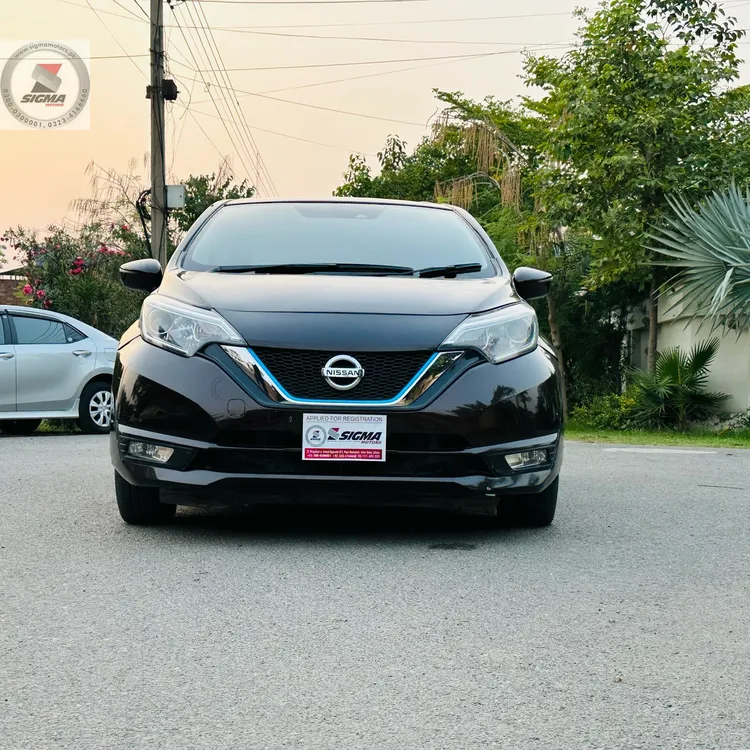Home > News & Blogs > High Car Idle RPM? Common Causes and How to Fix It
High Car Idle RPM? Common Causes and How to Fix It
Why Is My Car Idling High? Diagnosing and Fixing RPM Issues
Noticing your car's RPMs staying unusually high at idle? While a slightly elevated idle (around 1,500 RPM) is normal during cold starts, persistent high idling could indicate underlying mechanical issues. At MotorVero, we'll guide you through understanding normal idle behavior, identifying problems, and knowing when DIY fixes are appropriate versus when professional help is needed.
Understanding Normal vs. Problematic High Idle
Your vehicle's engine control unit (ECU) intentionally raises idle speed during cold starts through these mechanisms:
- Cold start strategy: 1,200-1,500 RPM for 30-90 seconds (varies by temperature)
- Warm-up phase: Gradual RPM drop to normal operating range (600-900 RPM)
- Load compensation: Small RPM increases when AC or electrical loads engage
When to Be Concerned
Seek diagnosis if your vehicle exhibits:
- Idle remaining above 1,000 RPM after 3 minutes of operation
- Erratic RPM fluctuations at stop lights
- Idle speed changes when accessories are turned on/off
- Check engine light illumination with high idle
Step-by-Step Diagnostic Process
1. Initial Visual and Sensory Checks
Before diving into mechanical components:
- Dashboard scan: Note any warning lights (especially check engine)
- Temperature check: Ensure engine reaches normal operating temp
- Unusual sounds: Listen for hissing (vacuum leaks) or irregular engine tones
- Pedal feel: Verify throttle returns completely when released
- --TOP ADVERTISEMENT HERE--
2. OBD-II Code Reading (Essential First Step)
Modern vehicles store diagnostic trouble codes (DTCs) that pinpoint issues:
- Common high-idle codes: P0505 (IAC circuit), P0121 (TPS range), P0171 (lean condition)
- Free scanning: Many auto parts stores offer complimentary code reading
- Advanced tools: Consider Bluetooth OBD adapters ($20-$50) for smartphone diagnostics
Pro Tip: Record freeze frame data when available—this shows engine conditions when the fault occurred, greatly aiding diagnosis.
Top 6 Causes of Persistent High Idle
1. Idle Air Control (IAC) Valve Malfunction
The IAC valve bypasses the throttle plate to regulate idle speed. Common issues:
- Carbon buildup: Sticks valve in open position (cleanable in many cases)
- Electrical faults: Failed motor/solenoid or wiring issues
- Diagnosis: Often shows as P0505 code; test with multimeter
2. Vacuum Leaks (A Frequent Culprit)
Unmetered air entering the engine fools the ECU into maintaining higher RPM:
- Common leak points: Intake manifold gaskets, PCV hoses, brake booster lines
- Detection methods: Carb cleaner spray test, smoke machine testing
- Repair costs: $100-$400 depending on leak location accessibility
3. Throttle Body Issues
Modern drive-by-wire systems are particularly susceptible to:
- Carbon accumulation: Prevents throttle plate from fully closing
- Position sensor faults: TPS sending incorrect angle data
- Required maintenance: Cleaning every 30,000-50,000 miles
-
4. Faulty Engine Coolant Temperature (ECT) Sensor
A bad ECT sensor may falsely indicate cold engine conditions, triggering high idle:
- Symptoms: High idle persists even when warm, poor fuel economy
- Testing: Compare sensor resistance to factory specifications
- Replacement: Typically under $100 including labor
5. Sticky or Misadjusted Throttle Cable
Primarily affects older vehicles with mechanical throttle linkages:
- Inspection: Verify full return when pedal released
- Lubrication: Cable lubrication may resolve sticking
- Adjustment: Proper procedure varies by manufacturer
6. ECM/PCM Software Issues
Less common but increasingly relevant with modern vehicles:
- Update needs: Manufacturers release idle-related software patches
- Adaptation reset: May require after throttle body cleaning
- Dealer tools: Often needed for complete ECU resets
Professional vs. DIY Repair Guidance
DIY-Friendly Repairs
- IAC valve cleaning/replacement
- Throttle body cleaning
- Visual vacuum hose inspection
- Basic sensor replacement (ECT, TPS)
- --FIRST CONTENT ADVERTISEMENT HERE--
Best Left to Professionals
- Intake manifold gasket replacement
- Complex vacuum leak diagnosis
- ECU reprogramming
- Variable valve timing issues
Safety Considerations
High idle isn't just an annoyance—it presents real risks:
- Increased stopping distances (throttle can overcome light braking)
- Transmission wear during gear shifts
- Catalytic converter damage from prolonged rich/lean conditions
Preventative Maintenance to Avoid High Idle Issues
- Regular cleaning: Throttle body every 30k miles, IAC as needed
- Vacuum system inspection: Check hoses during oil changes
- Timely sensor replacement: Follow manufacturer intervals
- Software updates: Include these in routine dealer visits
-
When to Seek Immediate Professional Help
Contact a certified technician if you notice:
- Idle speeds exceeding 2,000 RPM
- Simultaneous overheating issues
- Check engine light flashing (indicates active misfire)
- Any drivability concerns beyond idle
At MotorVero, we recommend addressing high idle issues promptly. While some causes are simple fixes, others can lead to decreased fuel efficiency, increased emissions, and accelerated component wear if left unattended. When in doubt, professional diagnosis ensures proper repair and maintains your vehicle's longevity.
--SECOND CONTENT ADVERTISEMENT HERE--

Motorvero G-queen
Last Updated On May, 19-2025










